Crypto Japan at the Tokyo National Science Musuem
Posted by: mystery_man on July 31st, 2011
I recently had the pleasure of visiting one of my favorite spots in Tokyo, the National Science Museum in Tokyo. Opened in 1871, the Museum is nestled within the spacious and beautiful Ueno Park of Tokyo, Japan, home to many museums and one of the most spectacular springtime displays of cherry blossoms to be found.
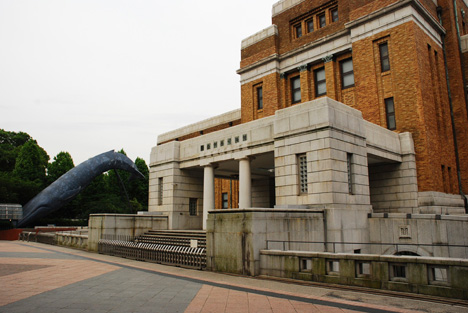
As I strolled through the museum’s vast halls of natural history exhibitions and interactive science experiences, I could not help but linger at some of the displays featuring the more cryptozoology related exhibits on offer. Here I present to you some of the displays I came across, along with photos and some information about these cryptids.
Sorry the photos are not of the best quality. As pictures of the exhibits are not really allowed, these were taken on the fly with my ipod camera, which just sort of “accidentally” went off and took these.
Let’s take a little tour of the National Science Museum’s crytozoological exhibits, shall we?
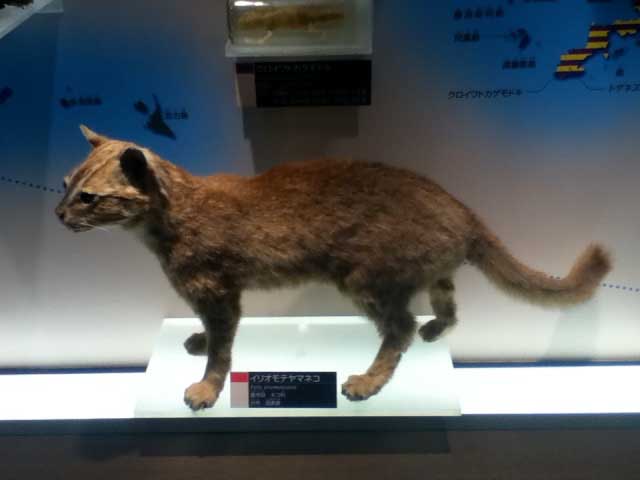
First off, we come to the Iriomote wildcat which inhabits the small, subtropical island of Iriomote in the South China Sea. Not discovered until the 1960s, these small, house cat sized wildcats are a classic animal of discovery within cryptozoology. About the size of a house cat, the Iriomote wildcats are so elusive that many who have lived on the island their whole lives have ever seen one, and there are some who even outright deny their existence. Some researchers who actively study the cats have never even seen a living one in the flesh.
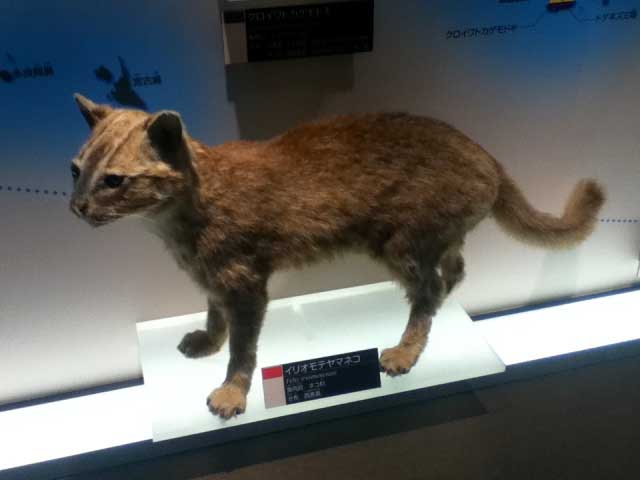
The Iriomote wildcat is critically endangered, with fewer than 100 individuals remaining. They are mainly threatened by ever increasing development in their lowland, coastal habitats, especially roads, with cars accounting for most wildcat deaths. Other threats include diseases from domesticated house cats, as well as direct competition with house cats.
Moving along on our tour, we come to the Japanese river otter.
Once abundant throughout Japan, their numbers decreased rapidly during the Meiji and Taisho eras due to a variety of factors. Many were hunted for their furs and livers, which were used as a medication for widespread tuberculosis at the time. Other threats included habitat destruction in the form of water contamination and large scale river development.

One of the few known skeletons of a Japanese river otter
In 1965, the otters were designated as a Special National Treasure, yet their numbers continued to decline. The last known confirmed sighting of a Japanese otter was in 1979 in Kochi prefecture, although unconfirmed sightings continue to this day.
In recent years, large scale searches for any remaining otters have been carried out by both government and non-government organizations. So far, they have come up empty handed. Despite the occasional uncorroborated sightings, the Japanese river otter is widely believed to be extinct.
Moving down the hall we come to yet another sad story of extinction; the Honshu wolf.
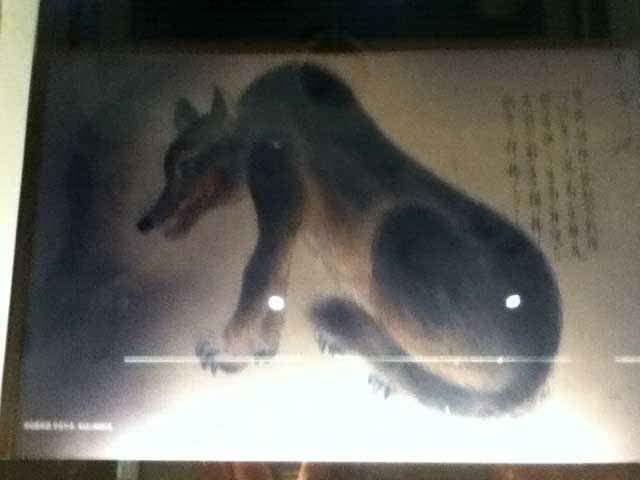
The Honshu wolf was once found throughout the Honshu peninsula of Japan, as well as Kyuushu and Shikoku islands, and holds the distinction of being the smallest species of wolf, standing just a bit over a foot at the shoulder.
The Honshu wolf was once revered and even worshipped in Japan, yet a rabies epidemic in the mid to late 17th century, as well as active extermination caused by changing modern perceptions of the wolves as livestock predators and carriers of disease decimated their numbers. By the early 1900s, the Honshu wolf was considered extinct.
There is a scarcity of photographs and specimens of Honshu wolves, and the photographs here are of one of the few intact skeletons known to exist of these animals.
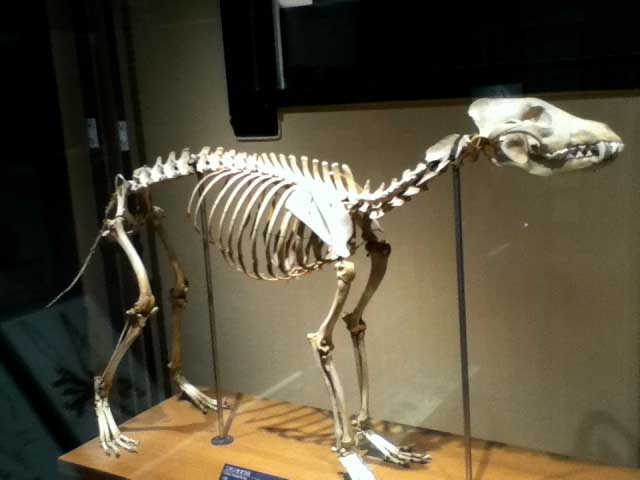
To this day, sightings of Honshu wolves and accounts of hearing their howls are occasionally reported in remote mountain areas, so perhaps they are still out there roaming the Japanese wilds.
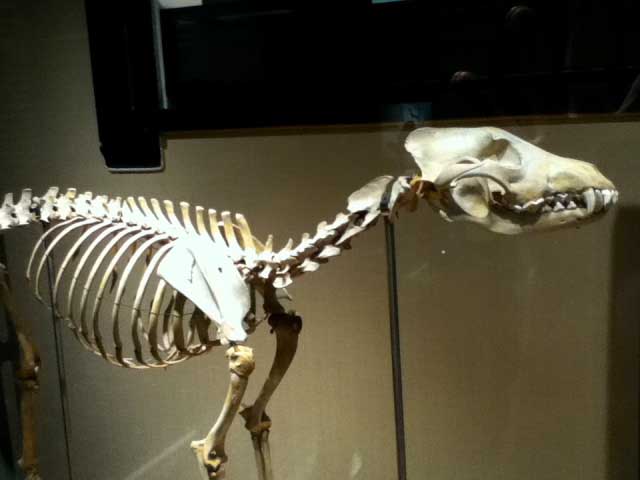
And now, our little tour draws to a close. If you are ever in Japan, I highly recommend you do go and check out this wonderful museum for yourself, or just take a leisurely stroll through the beautiful Ueno park.
Who knows, perhaps next time I can even find the time to give you a personal tour.
And one last pic of a coelacanth exhibit at the museum. I just couldn’t resist.
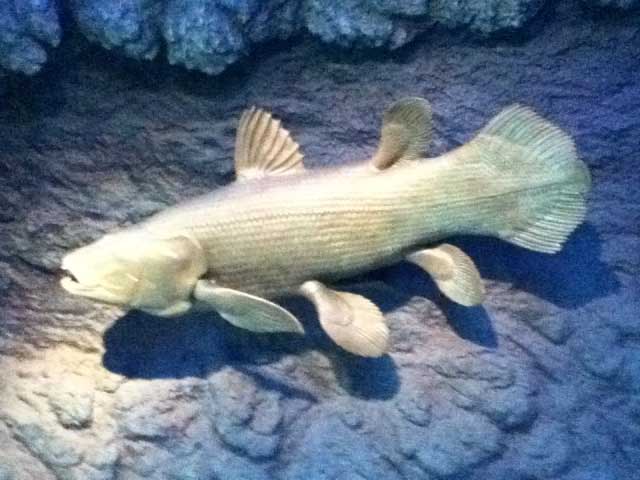
About mystery_man









Excellent report, MysteryMan. Japan’s not out of the question for a visit some day and this will be on my list places to see…and Cherry Blossoms too. Cheers.
Thanks for the tour, M_M! Likewise, if you ever visit Mexico I’d be happy to serve as a tour guide on the many museums and galleries located in the city 🙂